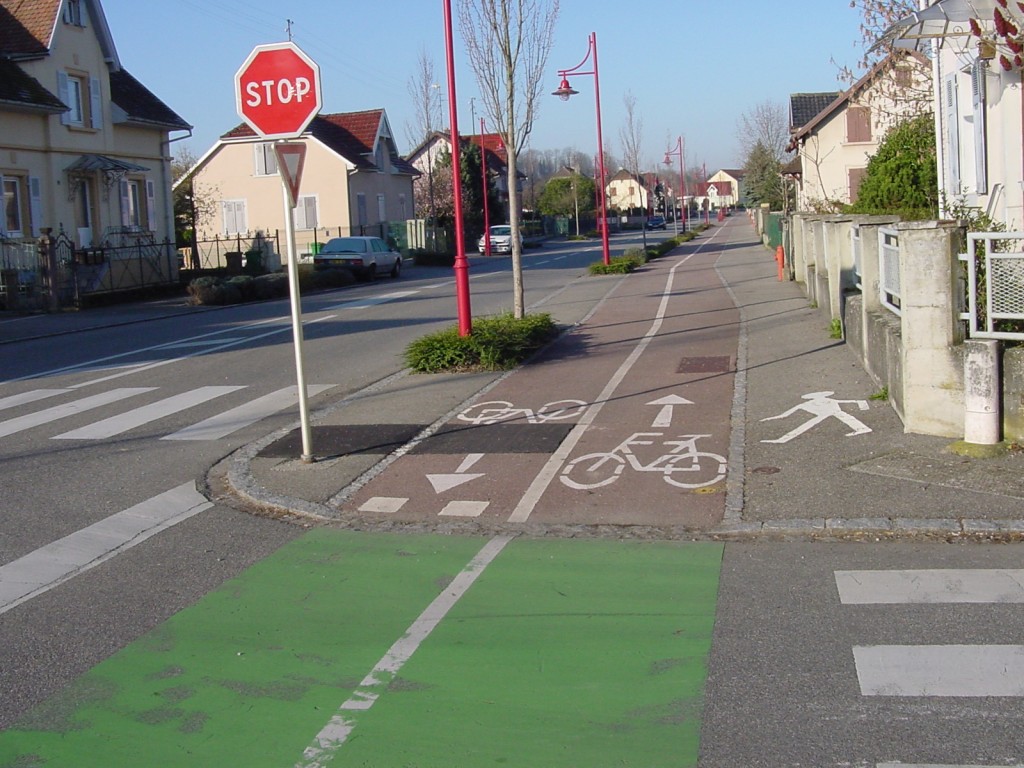It can be difficult to craft a long-range transportation plan. As you can imagine, much of the feedback we get from citizens and stakeholders involves day-to-day questions such as; “Who will pay for all of this?” This natural question helps to illustrate the basic challenge that we have as long-range planners; “How do we develop and communicate a long-term vision, when many people naturally think in terms of day-to-day decisions?”
The ultimate goal is to craft a long-term leadership vision that can be implemented through prudent and strategic day-to-day decisions. It is the old “Eat the elephant one bite at a time!” proverb. However, we live in a world of complex social and economic interactions that defy “one size fits all” approaches. One way to think through this tension between long-term vision and day-to-day decisions is to use economic frameworks. I do a lot of personal study and reading in economics. It is a deep interest of mine, and I think it helps inform our work as planners. I especially think that Behavioral Economics will prove to be very informative to planners in the coming years.
That said, many people think of economics in terms of Adam Smith’s Invisible Hand . Although this is a useful metaphor for many basic day-to-day market interactions, there are times when it doesn’t necessarily hold. For instance, imagine that you are at a football game and everyone is comfortably seated and can see the game. Then a few people stand up to get a better view, then more and soon the whole stadium is standing. The end result is that everyone pretty much has the same view as before; however, they are less comfortable. If an announcer communicated the “vision” to request everyone to please sit down over the loudspeaker, or if stadium rules didn’t permit standing during the game then the cycle could be broken.
Long-range plans are similar in this regard. In essence they are just trying to point out that everyone is standing, when they could be better off being comfortably seated and watching the game. Popular leadership and business books espouse this idea when it comes to individual career development and organizational development. In essence they tell readers to craft a personal vision (or organizational vision for leadership books) and then act on that vision through day-to-day workplace decisions. This advice is well received by the majority of professionals in the workforce as evidenced by how big the business, management and leadership category of books is in bookstores or on Amazon. All we are saying is to think of regional long-range transportation plans as crafting a vision for the community and then encouraging leaders to act on that vision through day-to-day decisions. Most of us already accept this advice in our professional lives via business books. Why not accept the same approach for the community through long-range plans?

